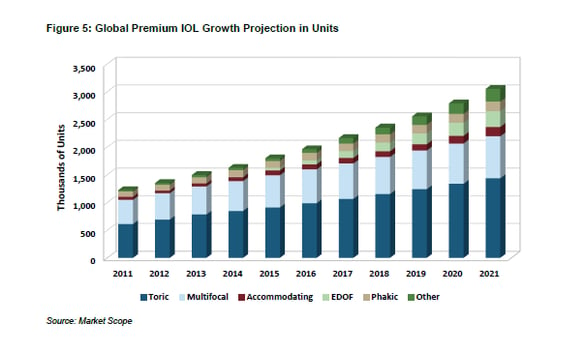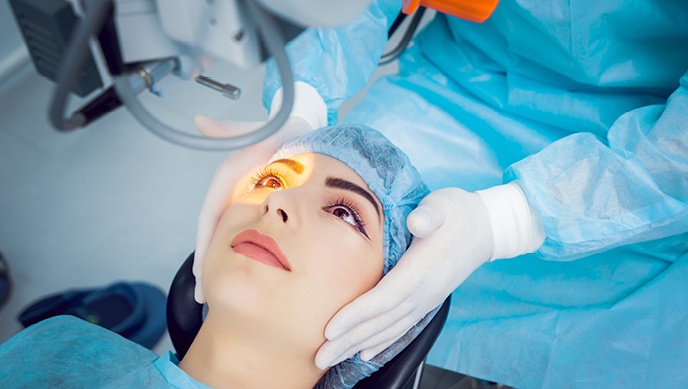Ophthalmology trends in 2018
Posted by Ruth Lapid-Gortzak, MD PhD on Jan 25, 2018 12:11:23 PM
Over the next few years, the global eye care market will be shaped by a number of factors that include the world’s ageing population, reimbursement policies, technological advancements, regulatory requirements, and the growing public demand for better visual outcomes following cataract and refractive IOL surgery.
Ageing population and cataract prevalence
According to the 2016 Comprehensive Report on the Global IOL Market, the population aged 60 and older is forecast to increase at an average annual rate of 3.1 percent. In addition, cataract patients in developed countries are opting for earlier cataract surgery due to increased longevity and a desire to maintain an active lifestyle. If in the past patients waited until their vision was seriously affected, they are now seeking treatment as soon as they notice their vision is compromised and expecting better post-surgery results.
More patients, less time
As a result of rising healthcare costs together with signs of a global recession, many countries have lowered healthcare coverage and reimbursements. This means that in order to maintain and increase profitability, ophthalmologic surgeons will need to see more people and more efficiently (including aftercare), which in turn means using products and solutions that facilitate this trend.
Premium IOL demand
According to the 2016 Comprehensive Report on the Global IOL Market, the number of ophthalmic surgeons and surgery centers that offer premium cataract IOLs has steadily grown over the past eight years.
The number of cataract patients opting for premium IOL options has continued to grow in recent years, this despite the fact that some governments are capping cataract surgeries and services. The main reason for this is that more and more cataract surgeons are choosing to serve private patients despite diminishing governmental cataract surgery reimbursement.
In addition, as a result of technological innovations in premium IOLs, cataract patients can now be given options that suit their own lifestyles and personal preference. This also drives patient demand for cataract surgery and premium solutions.

Growing demand for quality of vision
The information age is leading to growing public awareness in all healthcare fields, and eye care is no exception. As patient’s become more informed about their options, their expectations for quality of vision are higher and tolerance for postoperative refractive errors declines. This also leads to patients expecting independence from glasses following cataract procedures.
In addition, public awareness of improved postop outcomes and less downtime following surgery will encourage patients to opt for earlier cataract surgeries.
In fact, according to the 2016 Comprehensive Report on the Global IOL Market, rising numbers of younger, pre-cataract patients are expected to choose refractive lens exchange (RLE) with presbyopia-correcting IOLs (PC-IOLs) to correct spherical error and presbyopia and eliminate the need for future cataract surgery.
A changing marketing approach
While ophthalmologic surgeons are also making efforts to raise public awareness and get the word out, medical technology companies are also taking the lead to educate the market directly or indirectly and create bottom-up demand for products and solutions. Focus is being place on educating both service providers and patients to enable them to make informed decisions to improve outcomes.
















